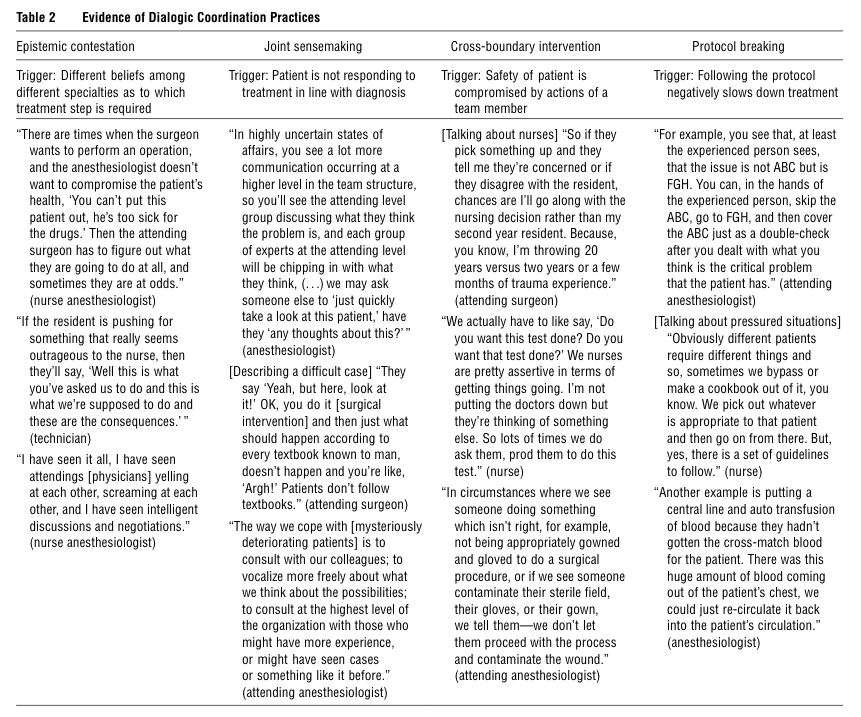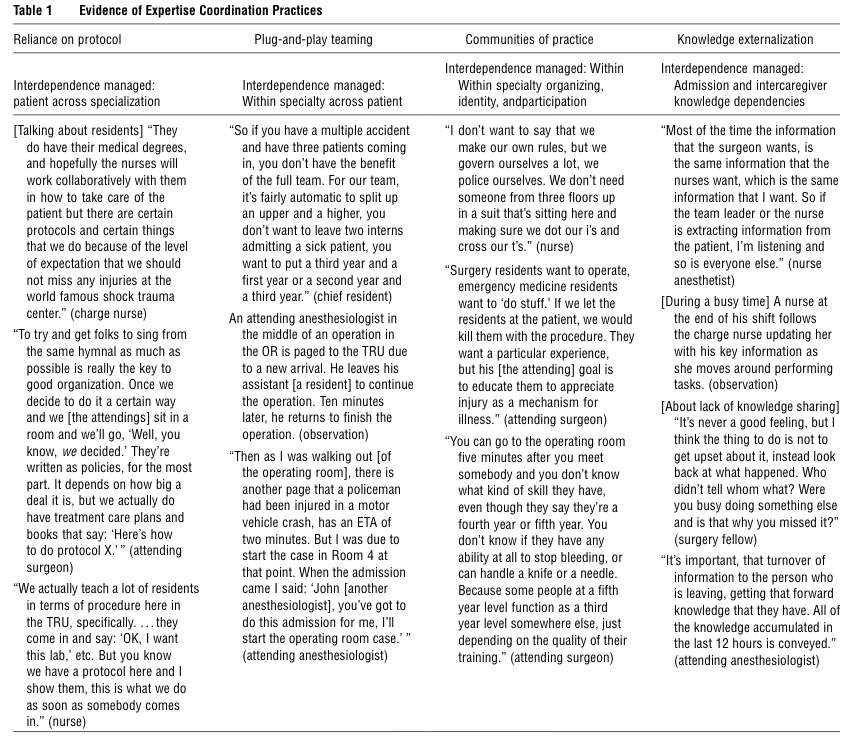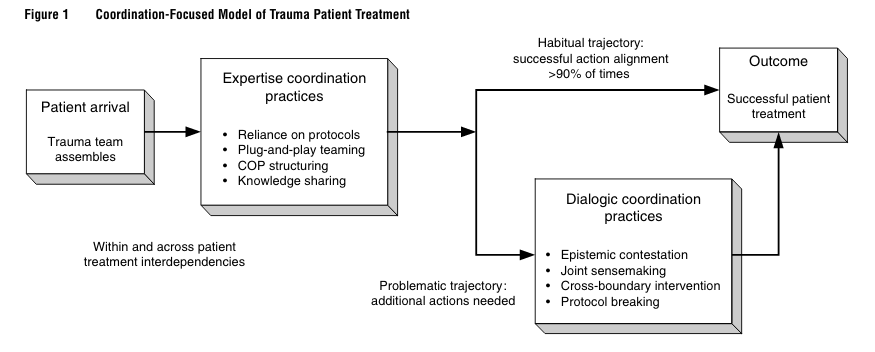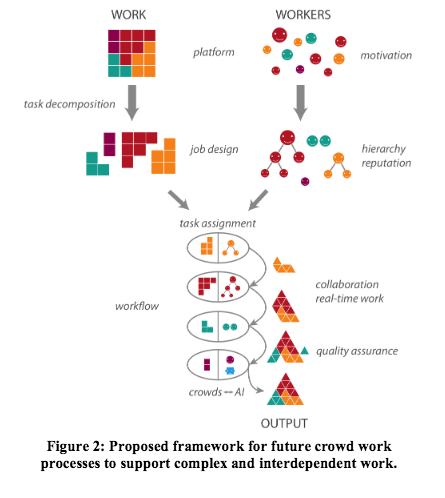Because of the constantly growing number of volumes, and to minimize coordination issues, Gottfried van Swieten emphasizes a set of instructions for registering all the books of the court library. Written instructions are by no means common prior to the end of the eighteenth century. Until then, cataloging takes place under the supervision of a librarian who instructs scriptors orally, pointing out problems and corrections as every-one goes along.
Unlike prior (oral) efforts, Gottfried van Swieten created a writtten set of instructions for cataloging texts at the Austrian National Library. This helped to minimize coordination issues as well as time to teach and perfect the system.
Written rules, laws, and algorithms help to create self-organization. This is done by saving time and energy that would have gone into the work of directed building of a system instead. The saved work can then be directed towards something else potentially more productive or regenerative.



